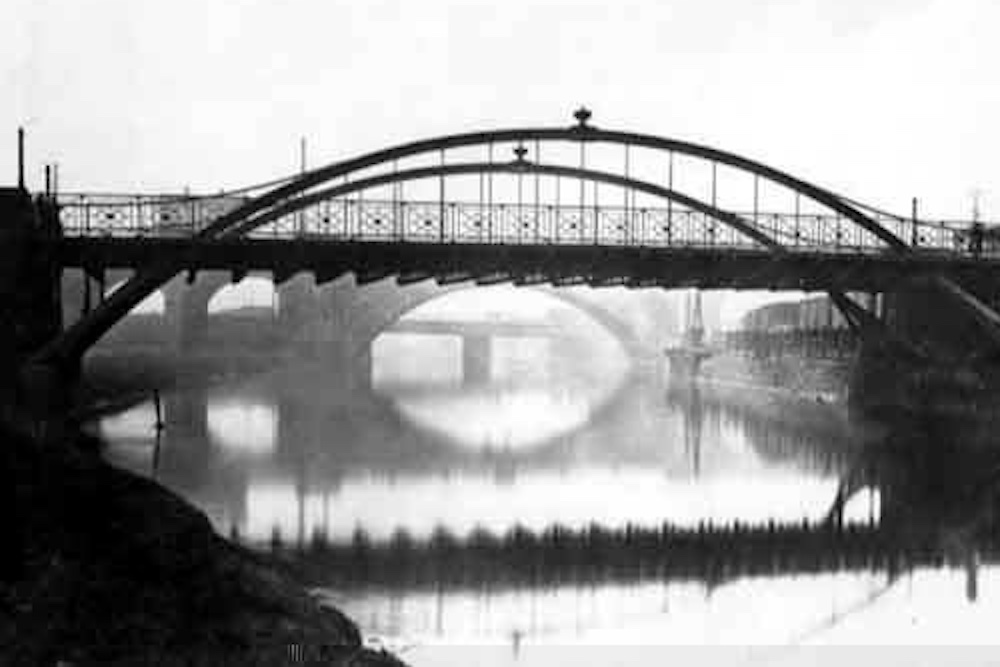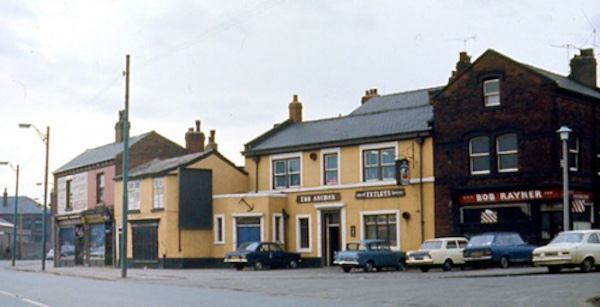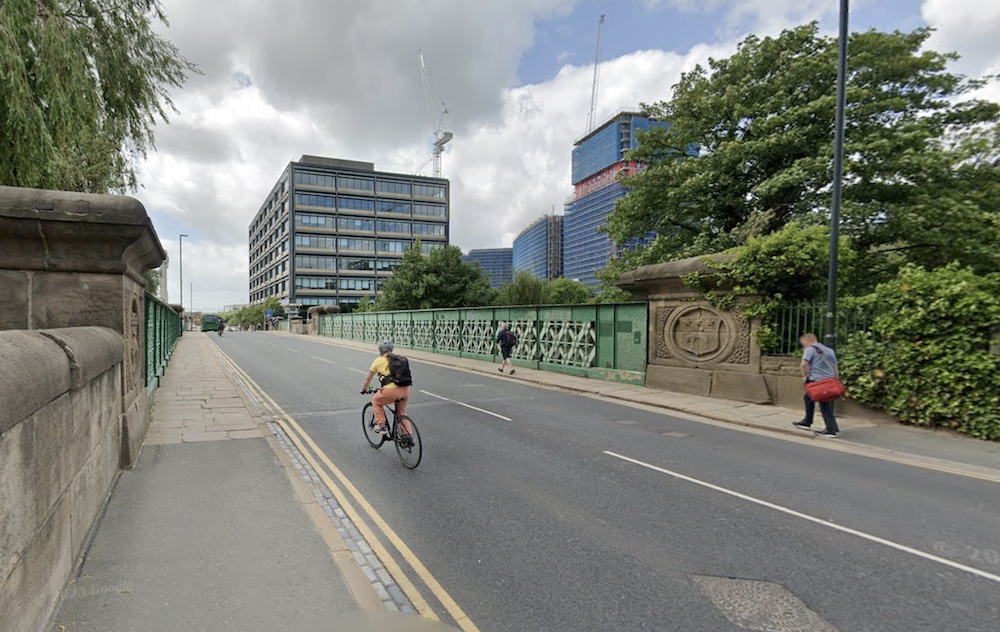
A horrid murder took place in Leeds in July 1840 and so far, no progress has been made towards solving it.
The unfortunate victim was one William Reynolds Rotheray of about 20 years of age and a dealer in rags who resided alone in a house on Holbeck Lane.
William left home around noon on 2 July and sold a quantity of rags to a Mr John Kirk in Meadow Lane for which he received about a shilling (5p).
He was seen afterwards at the Anchor Inn, Hunslet, at about nine o’clock that same night in the company of a young man with whom he left, and from that time to the following Wednesday morning nothing was heard of him.

A body was discovered in the River Aire near the Monks Pit Suspension Bridge by some girls who were going to work shortly before six o’clock in the morning and this proved to be that of William Rotheray.
The body was pulled out of the river and taken to the Geldard Arms in Wortley Road, the body was searched but apart from a few trifling articles such as a box key, a comb, etc, nothing of value was discovered.
When the body itself was examined a frightful gash on the throat was found, this was about two inches in depth and an inch and half in width and this seems to have been caused by some sharp instrument that was plunged perpendicularly and worked across the throat.
How the deceased spent his time from the night he was last seen to the discovery of his body on the Wednesday is equally a matter of mystery; but it appeared that the crime had been committed very recently before the latter date because, in the opinion of the medical man, it had not been very long in the water.
According to the family his absence did not give rise for concern because he was known to leave home on business for three or four days at a time.
About three o’clock on the Tuesday morning Mr John Kitching, a hairdresser, had to get up because one of his children was taken ill. The window of his bedroom commanded a distinct view of the Monks Pit Suspension Bridge and the river bank and as he looked out he saw a man standing near the bridge, but he did not stop to observe him further but attended to the child.
A few minutes was to pass before he again looked out and saw what he thought was the same man on the river bank in the act of throwing something heavy into the water and making a loud splash. The man afterwards stooped to the ground as though picking something up before making off at speed towards Leeds.
However, Mr Kitching did not mention this to anybody the following morning because it seems there was a common practice for young men to throw their dogs into the water to teach them to swim in the early morning hours!
What caused the greatest surprise was the discovery of a large butcher’s knife, quite new, and a towel in a box in the deceased house. The weapon had been very carefully washed, but the handle showed strong marks of blood and the blade was dimmed though it was difficult to say by what cause. The towel was also marked with blood as though it had been used to wipe the knife.
The door of the house was found locked when the search took place but no key was found and no part of the furniture or other effects appeared to have been disturbed.
Where the murder took place whether in the house or by the water side is a matter for conjecture, but there is however one feature supporting the theory that death had taken place before the body was thrown into the water and that was a witness who saw the body being dragged out stated that the right hand was in its pocket.
Wherever the deed had taken place robbery was the object behind the murder. The deceased had savings of £401, but where he kept this is not known.

Note on Monks Pit Bridge: The present bridge was preceded by the suspension bridge shown above but the comment suggests it was the first suspension bridge in Europe! This suspension bridge was originally designed by George Leather and built in 1827.
This bridge takes its name from Monk Pits, an area of meadowland north of the river. It carried Whitehall Road, the main route from Halifax to Leeds into the centre of the town.
The bridge was a bow-spring tied arch structure built of cast iron made at the Bowling Iron Works near Bradford. There was also a smaller stone bridge over the canal. By the 1880s the bridge could no longer cope with the increasing volume of traffic and a new bridge was built by the Leeds Corporation.
While you’re here, can we ask a favour?
South Leeds Life is published by a not-for-profit social enterprise. We keep our costs as low as possible but we’ve been hit by increases in the print costs for our monthly newspaper which have doubled in the last two years.
Could you help support local community news by making a one off donation, or even better taking out a supporters subscription?
Donate here, or sign up for a subscription at bit.ly/SLLsubscribe


